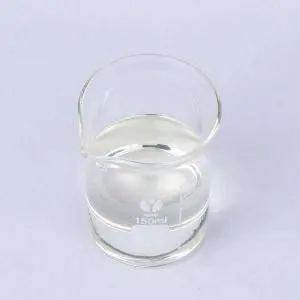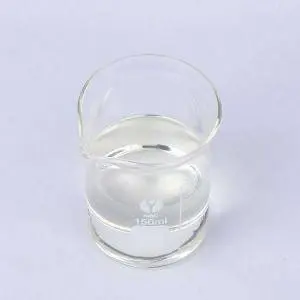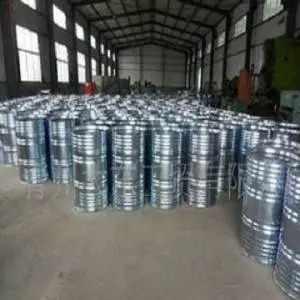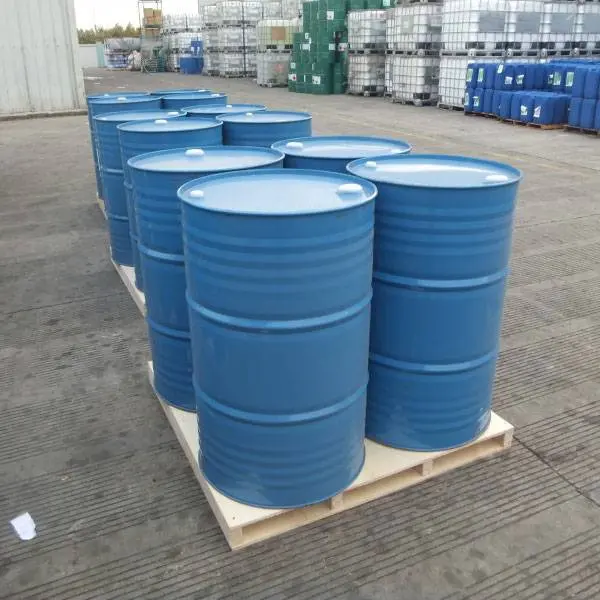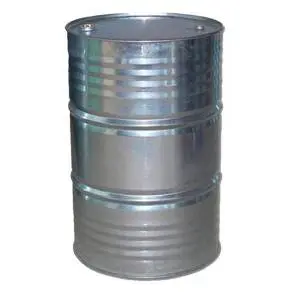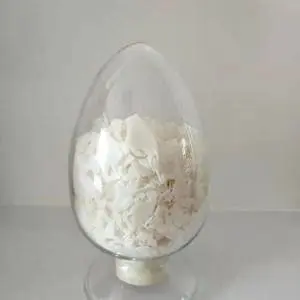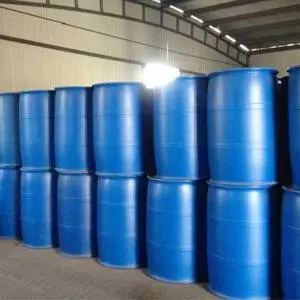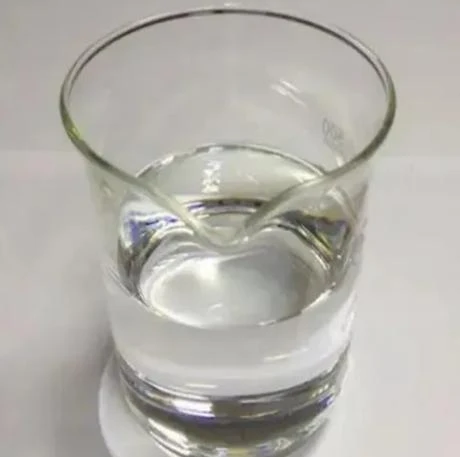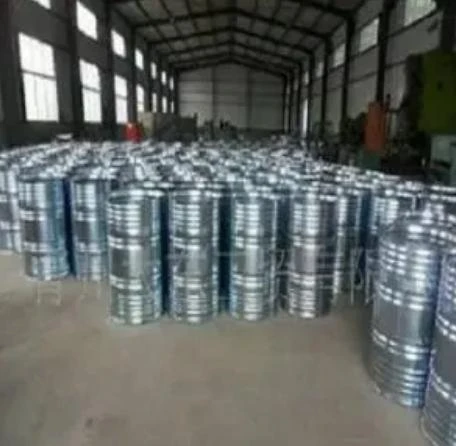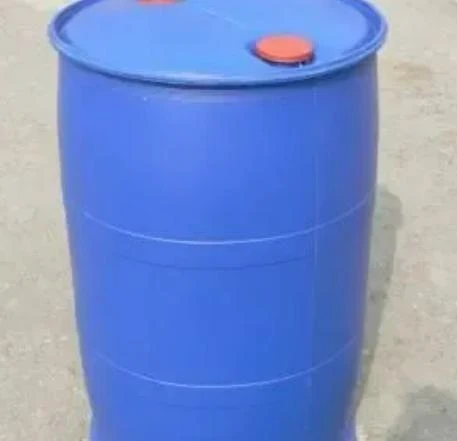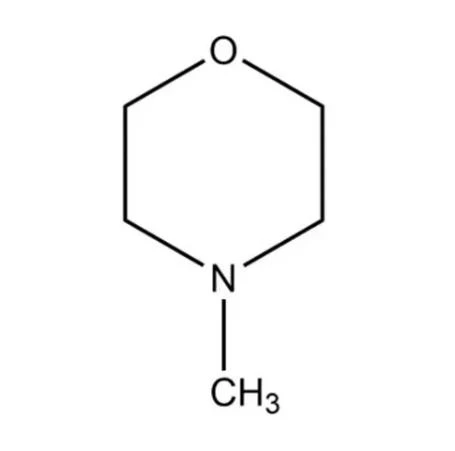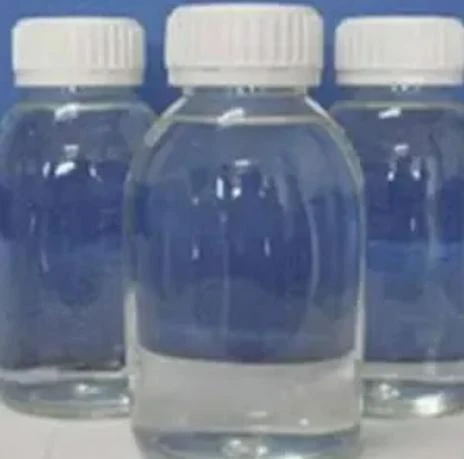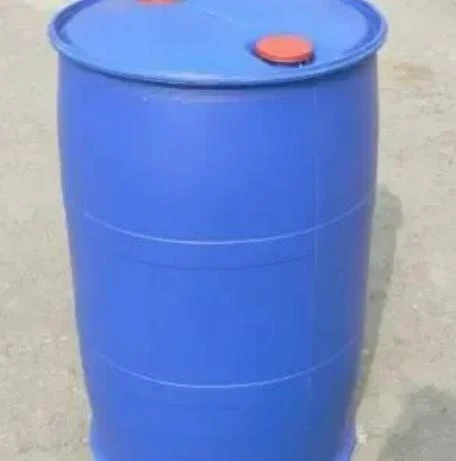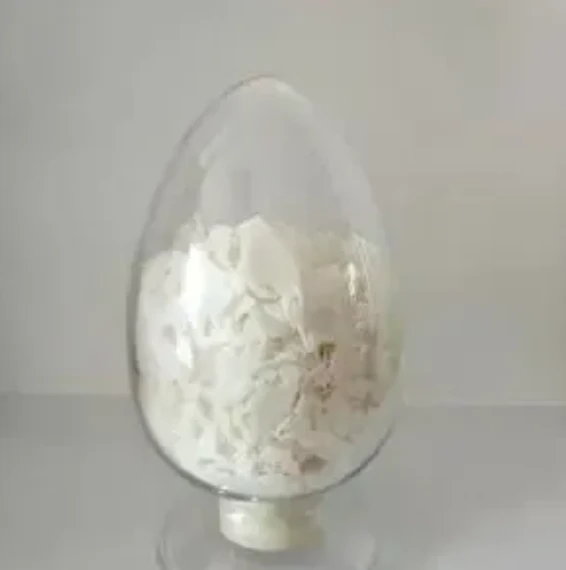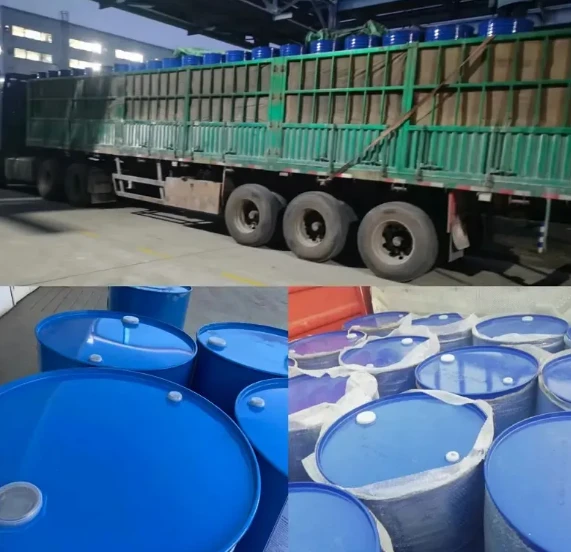High Purity Potassium Iodate - Trusted Manufacturer & Supplier
- Comprehensive Overview of Potassium Iodate: Chemistry and Global Demand
- Technical Advantages of Potassium Iodate and Potassium Iodide
- Comparative Analysis of Manufacturers: Global Supply Chain Data
- Custom Solutions in Potassium Iodate Production and Application
- Potassium Iodate and Potassium Iodide: Industry Use Cases and Results
- Sustainability and Regulatory Considerations in Potassium Iodate Manufacturing
- Future Outlook: Innovation and Emerging Trends in Potassium Iodate
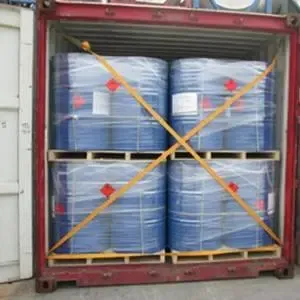
(iodate de potassium)
Comprehensive Overview of Iodate de Potassium: Chemistry and Global Demand
Iodate de potassium, commonly known as potassium iodate (KIO3), plays a pivotal role in pharmaceutical, food, and industrial sectors. With its oxidizing properties, potassium iodate is distinctly different from potassium iodide (KI) yet both serve as crucial additives in processes such as salt iodization and emergency radiation protection. According to the United States Geological Survey, the global demand for potassium iodate surpassed 24,000 metric tons in 2023, driven largely by increased iodine deficiency prevention programs. Notably, demand is highest in regions with mandatory salt iodization policies, resulting in a compound annual growth rate (CAGR) of over 5% in potassium-based iodine compounds. The unique crystalline structure and stability of potassium iodate, compared to potassium iodide, makes it highly desirable in applications where prolonged shelf-life and effectiveness are required, highlighting its importance in the modern chemical supply chain.
Technical Advantages of Potassium Iodate and Potassium Iodide
Potassium iodate and potassium iodide, while both sources of iodine, exhibit distinct chemical properties that cater to different technical needs. Potassium iodate's robustness against environmental degradation allows it to retain potency in tropical and humid environments, making it an ideal choice for iodization programs. Furthermore, research by the World Health Organization underscores potassium iodate’s superiority in stability when incorporated in open salt conditions—maintaining over 95% active compound after six months, compared to less than 70% for potassium iodide under similar storage. These properties directly influence industrial selection, as pharmaceutical-grade potassium iodate provides consistent release profiles in tablet formulations, and food-grade grades support large-scale food fortification. For water purification and radiation emergency stockpiling, potassium iodate offers a longer shelf life, further solidifying its technical preference over potassium iodide.
Comparative Analysis of Manufacturers: Global Supply Chain Data
The potassium iodate market is supported by a diversified network of manufacturing leaders across Asia, Europe, and the Americas. The following table provides a comparative overview of major potassium iodate manufacturers:
| Manufacturer | Region | Annual Capacity (MT) | Grade Offered | Lead Time (weeks) | ISO Certification |
|---|---|---|---|---|---|
| Deepwater Chemicals | North America | 7,500 | Pharma, Food | 2–4 | ISO 9001:2015 |
| Calibre Chemicals | India | 10,000 | Pharma, Food, Industrial | 3–6 | ISO 14001:2015 |
| ACG Associated Capsules | Europe | 8,200 | Pharma | 2–3 | ISO 9001:2015 |
| Ajay-SQM Group | Asia Pacific | 12,000 | Pharma, Food | 4–5 | ISO 22000:2018 |
| Químicos Mundiales | South America | 5,500 | Industrial | 3–7 | ISO 9001:2015 |
Evaluating these manufacturers reveals key differentiators, including regional regulatory compliance, specialization in grade offerings, and fulfillment agility—factors that significantly impact procurement strategies for global enterprises.
Custom Solutions in Potassium Iodate Production and Application
Leading potassium iodate manufacturers actively collaborate with clients to deliver tailored solutions catering to unique operational demands. Custom granulation, controlled particle size distribution, and enhanced compounding for synergistic performance with potassium iodide are among the most requested modifications. Modern production lines leverage real-time in-process analytics and automated quality assurance based on ISO standards, ensuring that each batch of potassium iodate meets precise functional requirements. Some suppliers offer color-coded packaging for warehouse management, batch traceability systems for end-to-end monitoring, and support for formulation with other micronutrient premixes. These innovations not only maximize efficacy in end-use but also enhance safety and regulatory compliance for multinational clients.
Potassium Iodate and Potassium Iodide: Industry Use Cases and Results
Real-world use cases exemplify the transformative role of potassium iodate across industries. Salt manufacturers in Southeast Asia reported a 26% reduction in iodine loss during storage over a 12-month period after switching from potassium iodide to potassium iodate, contributing to improved public health outcomes. Similarly, emergency preparedness organizations stock potassium iodate for thyroid protection, with shelf-life extensions directly lowering replenishment costs by up to 40% over a five-year cycle. Below is a summary table outlining practical applications and measured benefits:
| Industry | Application | Compound Used | Measured Outcome |
|---|---|---|---|
| Food Fortification | Salt Iodization | Potassium Iodate | 95% iodine retention at 35°C, 70% humidity (12m) |
| Pharmaceuticals | Radiation Emergency Tablets | Potassium Iodate | Up to 5-year shelf life, 99% purity maintained |
| Drinking Water Safety | Oxidizing Agent in Treatments | Potassium Iodate & Potassium Iodide | 30% increase in purification efficiency |
| Animal Nutrition | Iodine Supplementation | Potassium Iodide | Improved thyroid activity in cattle (+12%) |
Sustainability and Regulatory Considerations in Potassium Iodate Manufacturing
The production and distribution of potassium iodate are governed by a robust framework of quality, safety, and environmental standards. Manufacturers are investing in green chemistry approaches to lower the carbon footprint of iodine extraction and conversion, aided by energy-efficient reactors and solvent recycling systems. Key sustainability indicators—such as waste recovery rates, water consumption, and renewable energy adoption—are rising metrics of industry leadership. On the regulatory front, compliance with Codex Alimentarius, FDA, and REACH ensures potassium iodate's suitability for both food and pharmaceutical applications worldwide. Several jurisdictions now require batch-level traceability, comprehensive safety data sheets, and regular third-party audits, fostering transparency throughout the potassium iodate supply chain.
Future Outlook: Innovation and Emerging Trends in Iodate de Potassium
Iodate de potassium continues to evolve as a critical ingredient for global health and industry innovation. Trends indicate further enhancements in synergistic blends of potassium iodate and potassium iodide for next-generation nutritional supplements, as well as microencapsulation techniques to shield active compounds from humidity and light. Advanced analytics, such as real-time impurity profiling, promise even tighter control over purity—well below 0.5%—ensuring efficacy in critical applications. Furthermore, as emerging markets ramp up universal salt iodization, potassium iodate manufacturers face both an opportunity and a responsibility to scale sustainably. Stakeholders across the value chain are prioritizing resource efficiency, digital integration, and flexible logistics to meet the shifting demands of food security, healthcare, and environmental stewardship into the next decade.

(iodate de potassium)
FAQS on iodate de potassium
Q: What is potassium iodate?
A: Potassium iodate is a chemical compound with the formula KIO₃, often used to iodize salt. It serves as a source of dietary iodine. It is a white, crystalline powder.Q: What is the difference between potassium iodate and potassium iodide?
A: Potassium iodate (KIO₃) and potassium iodide (KI) are both iodine compounds, but KIO₃ is the oxidized form, while KI is the reduced form. Potassium iodate is more stable in salt fortification. Both are used in preventing iodine deficiency.Q: Why are potassium iodate and potassium iodide used in food fortification?
A: They are added to salt to ensure sufficient iodine intake, preventing thyroid disorders. Potassium iodate is preferred in hot and humid climates due to its stability. Potassium iodide is more commonly used in temperate regions.Q: How can I find a potassium iodate manufacturer?
A: You can search for chemical suppliers online or contact companies specializing in food additives. Many potassium iodate manufacturers list their products on B2B platforms. Ensure the supplier meets safety and quality standards.Q: Is potassium iodate safe for human consumption?
A: Yes, when added in regulated amounts for iodizing salt, potassium iodate is safe. Overconsumption, however, can be harmful. Always follow recommended guidelines for use.Post time: 6 月 . 24, 2025 04:08




